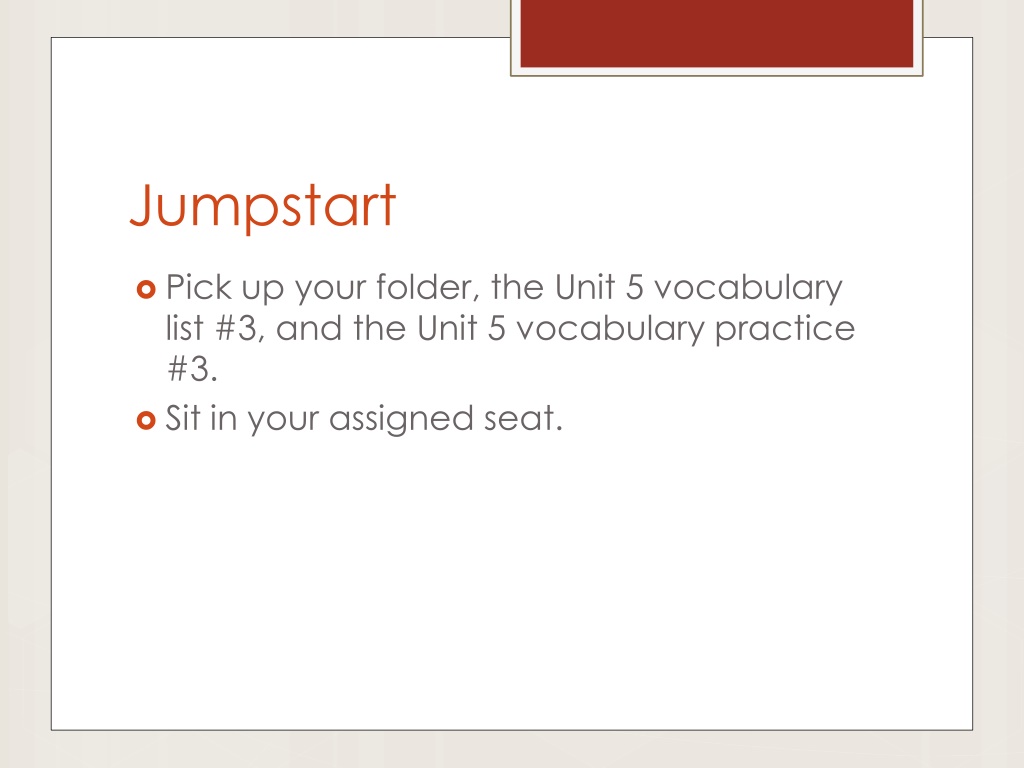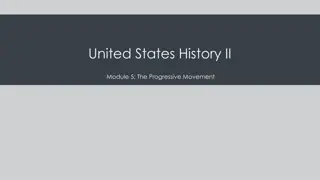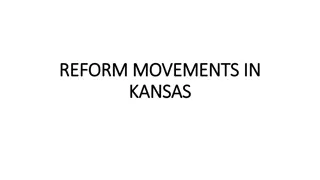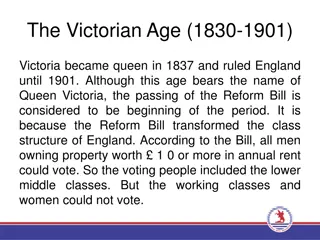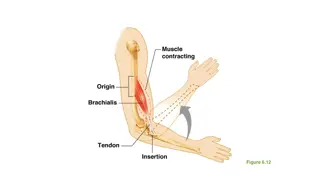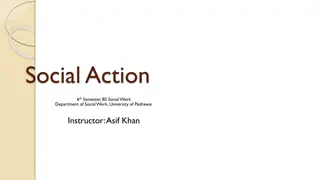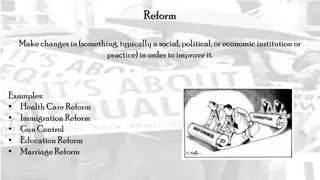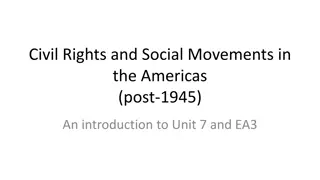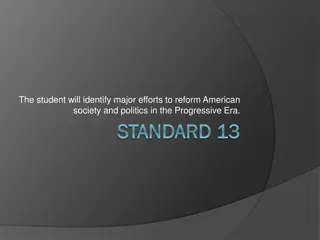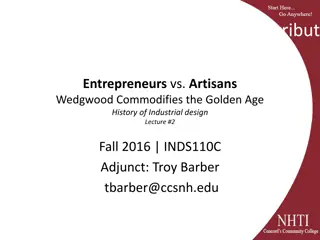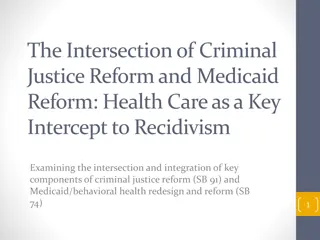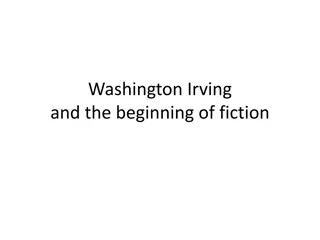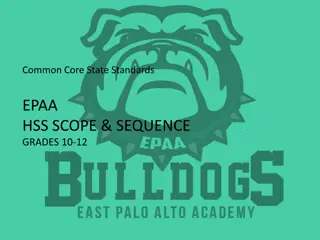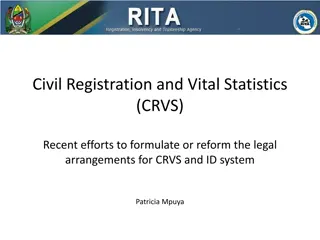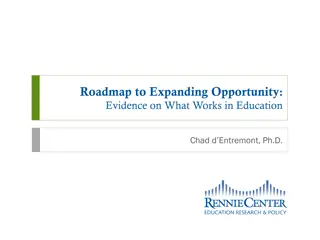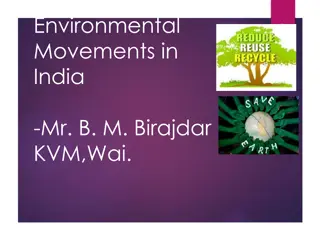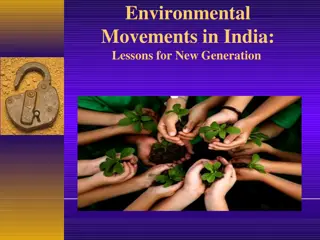Education and Reform Movements in American History
Explore the key figures and events of the abolitionist movement, women's rights movement, and initiatives in helping people with disabilities and education in American history. Learn about the motivations and challenges faced by early abolitionists, women reformers, and advocates for inclusive education. Discover the impact of individuals like Lucretia Mott, Horace Mann, and Susan B. Anthony in shaping social change during these transformative periods.
Download Presentation

Please find below an Image/Link to download the presentation.
The content on the website is provided AS IS for your information and personal use only. It may not be sold, licensed, or shared on other websites without obtaining consent from the author.If you encounter any issues during the download, it is possible that the publisher has removed the file from their server.
You are allowed to download the files provided on this website for personal or commercial use, subject to the condition that they are used lawfully. All files are the property of their respective owners.
The content on the website is provided AS IS for your information and personal use only. It may not be sold, licensed, or shared on other websites without obtaining consent from the author.
E N D
Presentation Transcript
Jumpstart Pick up your folder, the Unit 5 vocabulary list #3, and the Unit 5 vocabulary practice #3. Sit in your assigned seat.
Start of the Abolition Movement Find the answer for each question in your reading and highlight it. 1. Why did early abolitionists believe that slavery had to be ended gradually? 2. What was the compromise over slavery reached at the Constitutional Convention? 3. Why did white Southerners argue that slaves were better off than Northern workers? 4. What other arguments did they use to justify slavery? 5. Why did some people in the North oppose abolition?
Reform for Women Find the answer for each question in your reading and highlight it. 1. What two causes did both Lucretia Mott and Elizabeth Cady Stanton support? 2. What three things did the Declaration of Sentiments and Resolutions call for/demand? 3. Why was the Seneca Falls Convention important to the women s rights movement? 4. Why was Susan B. Anthony an important women s reformer? 5. What important events advanced women s rights after 1890?
Helping People with Disabilities and Education Find the answer for each question in your reading and highlight it. 1. Highlight the significance of these individuals in helping people with disabilities: Thomas Gallaudet Samuel Gridley Howe 2. What did Dorothea Dix find when she visited prisons? 3. What were the problems with education? 4. Which groups were denied access to education, and why? 5. How did Horace Mann improve education? 6. Why was Oberlin College unique?
Additions At the bottom of The Start of Abolition, add the following people: William Lloyd Garrison Grimke Sisters Frederick Douglass John Brown Harriet Beecher Stowe At the bottom of Reform for Women, add: Movement split between those who worked for change at state level and those working at the national level.
Jumpstart Pick up the reading on Religion and Reform as well as your folder. Get out your spiral/journal. Glue the reading into your spiral. If you do not have your journal today, get out a sheet of notebook paper and glue today s reading to the paper so it can go in your folder.
Religion and Reform Find the answer for each question in your reading and highlight it. 1. What did people do at revivals? 2. How did the Second Great Awakening revivals encourage the reform movements of the time? 3. What is temperance? 4. How successful was this movement?
Abolition Description/Goals Write in under Abolition on your chart: Believed slavery was morally wrong and wanted it ended.
Key Players in Abolition John Brown Led an unsuccessful raid on Harpers Ferry Goal was to arm slaves for a violent uprising
Key Players in Abolition Frederick Douglass Former slave, activist, and author Narrative of the Life of Frederick Douglass was a firsthand account of the cruelty of slavery
Key Players in Abolition William Lloyd Garrison Publisher of The Liberator Influenced many to join the cause Also founded the New England Antislavery Society
Key Players in Abolition Harriet Beecher Stowe Author of Uncle Tom s Cabin Bestselling novel depicting the horrors of slavery Moved many in the North against slavery
Womens Rights Description/Goals Write in under Women s Suffrage on your chart: Women (and men) seeking various rights including voting
Key Players in Abolition/Women s Rights Sojourner Truth Speaker and writer for BOTH movements Her most famous speech is titled Ain t I a Woman? (1851)
Key Players in Womens Rights Susan B. Anthony Activist and speaker In an act of civil disobedience, she voted in 1872 and was arrested
Key Players in Womens Rights Elizabeth Cady Stanton Writer and organizer of the Seneca Falls Convention Supported not only suffrage, but a variety of women s rights issues
